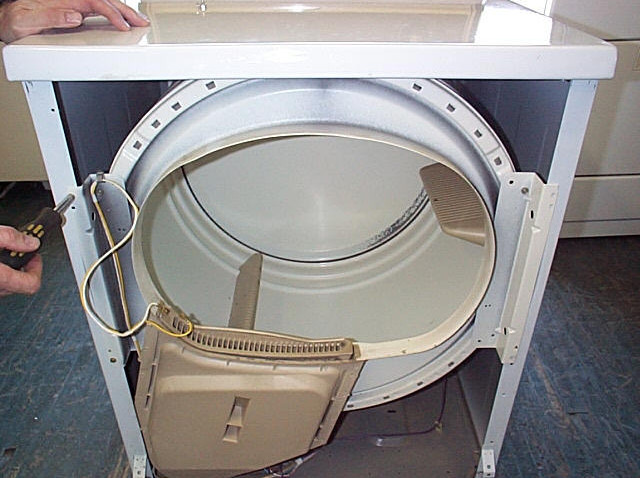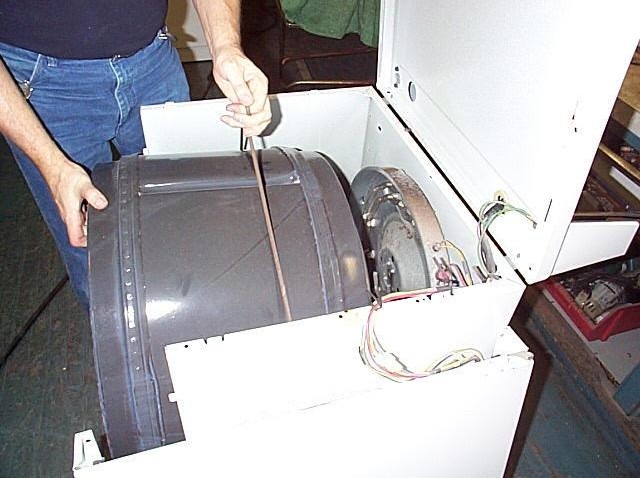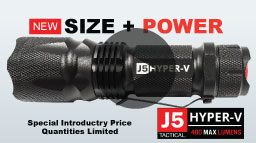How to Diagnose, Troubleshoot and Make Basic Dryer Repairs
Problems with clothes dryers tend to be very minor even if they create major headaches. Following the steps below can help you to troubleshoot common problems, diagnose more serious issues and make simple repairs without the need to hire a technician.
Basic Troubleshooting
The best way to troubleshoot your dryer is to examine areas that are related to the problem that you are trying to address. If the motor works and the drum rotates, but you don’t have a lot of hot air or power, maybe you need to replace a seal or clean the exhaust vent. If the drum doesn’t rotate but the heat works, there may be a chance that it fell off of the rollers or that rollers need to be replaced. In any case, start with what you know and focus on areas that relate to the problem at hand. This will make the process of ruling out the cause of problems much easier.
If the dryer won’t start, chances are that the latch that secures the door shut may be broken or mis-aligned. This latch depresses a switch that turns on the dryer. If the dryer still won’t turn on after replacing or testing the latch, then the ignition switch may be broken and in need of replacement. If the dryer starts but doesn’t rotate, chances are that it is caused by a broken belt. If the dryer tumbles but makes noise or gets stuck, then the rollers should be looked at. These are just a few examples of where to look for problems, but make sure to work your way from the simplest and most obvious solutions to the more complex as you go.
Disassembling the Dryer
You will most likely need to remove panels inside of the drier in order to access and assess components. Where these items are located will vary from machine to machine, so it’s a good idea to get a schematic of your particular model so that you know exactly where to look. Make sure that you unplug the dryer before starting any repairs in order to avoid getting shocked or having the unit start unexpectedly.
Most panels can be removed with a screwdriver or wrench. Make sure to remove screws or bolts and place them in a safe place so they don’t fall into the inner-workings of the dryer. The first thing that you should check if your drier does not produce heat is the fuse. It will be located either in the door of the drier or somewhere along the bottom in most cases. If the fuse is broken, it may be indicative of a malfunctioning switch or thermostat, both are easy to replace and affordable to order.
Removing the Drum
If the problem is centered on the drum not properly rotating, you will need to remove the drum from the casing. This process will also vary from machine to machine, but it is usually anchored with a couple of bolts or screws. Simply remove them and pull out the drum. You will also notice some components near to where the drum is anchored. This will include the belt rigging in addition to the rollers.
Other Repairs
You can inspect and make repairs to other components once the panels and drum have been removed. These components include the thermostat, igniter, heat sensor, fuse and support rollers. If you have a gas dryer, then there will also be gas valve coils and some other parts that should also be inspected.
Identifying problems is easy as long as you work from the simple to the more complex. Keep checking and testing things until you find the source of the problem, and you should be able to replace components in a matter of minutes and have everything up and running again.
The good news is that most dryers do not have a lot of parts, which makes identifying problems relatively easy. The most difficult repairs will tend to involve replacing the drum belt and rollers, which need to be installed perfectly to avoid future wear and tear.
Start with the simple. Make sure the door seal is secure. Make sure the latch is in good condition and connects with the ignition switch. Make sure that the exhaust vent is not clogged. In many cases, these minor problems lead to poorly-performing dryers and can be addressed in a few minutes for a few dollars.
Try these and other fixes that you uncover as you work through the schematic or repair manual for your dryer. In 90% of situations, you should be able to easily make repairs yourself, and it makes sense to attempt them on your own before scheduling an expensive visit from a technician.








